…it is a clear historical fact that between 1779 and 1918 a portion of the Adriatic shores were under Hungarian rule (with the exception of the 1809-1813 French occupation) and, despite the city’s autonomy, under Hungarian governance.
– confirmed the Institute of Hungarian Research in its latest study which was prepared in connection with the recent minor diplomatic scandal. Last week on Friday, Prime Minister Viktor Orbán was discussing the potential Russian oil embargo; he stated that those countries that have sea-access can ship oil from anywhere in the world, “we would have had seaports, but these were taken away.” The Croatian State Archives reacted with a statement that “nobody took away Hungary’s seaports because the country never had any,” which the Hungarian left-wing media enthusiastically quoted.
How did the Hungarians get a seaport?
According to the latest study by the Institute of Hungarian Research, Holy Roman Emperor Frederick III, of the Habsburg house, purchased Rijeka for their kingdom; thereby, the city was part of the Austrian-Hungarian monarchy until its collapse. The city enjoyed extensive autonomy and from the beginning of the 18th century it belonged to the Graz-based Central Austrian government and from 1747 to the Imperial Royal Governorate.
The following year, the Austrian seaside commercial province was established, operating under the authority of the Imperial and Royal Central Directorate of Trade. To simplify the rather complicated governance *** relations in 1754, the area was transferred directly under the Austrian trade council. Despite several reorganizations, the territory remained the property of the Austrian Archduke. According to the institute, fundamental changes in the fate of Rijeka was tied to Joseph II.
King Joseph II adopted an idea from his mother – Empress Maria Theresa – that a seaport would have a positive impact on Hungary’s economy; this is why Rijeka was put under the rule of the Hungarian Chancellery and the Hungarian council of governors based in Bratislava (Pozsony).
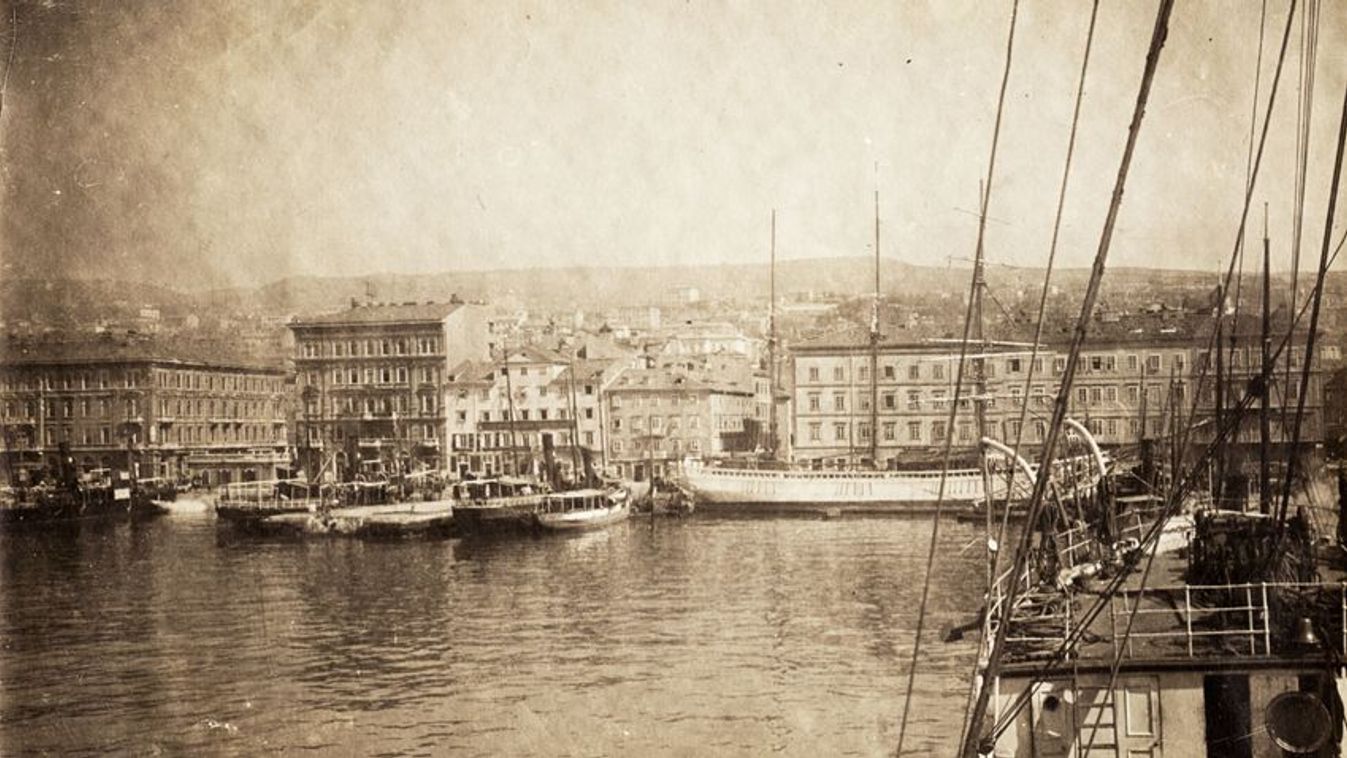


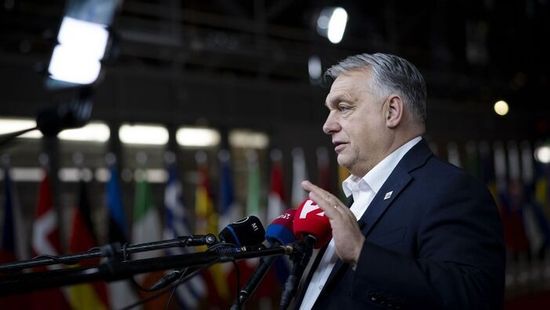
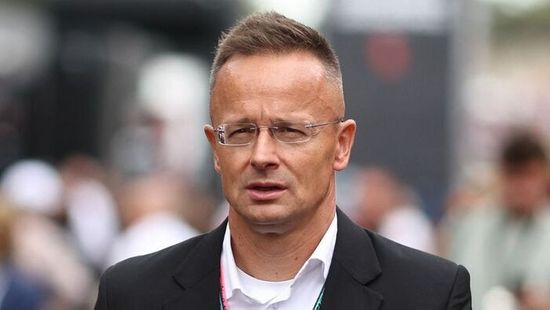






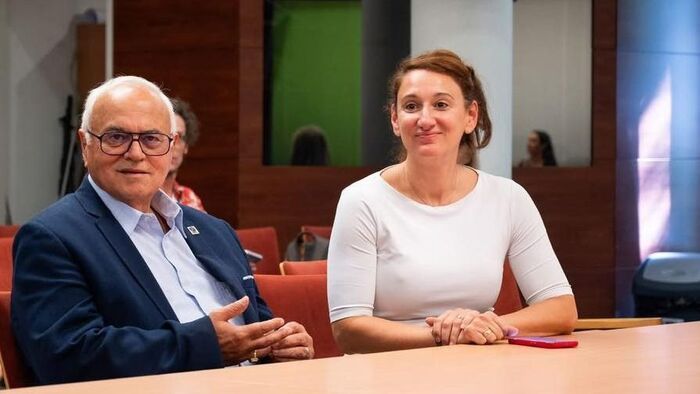
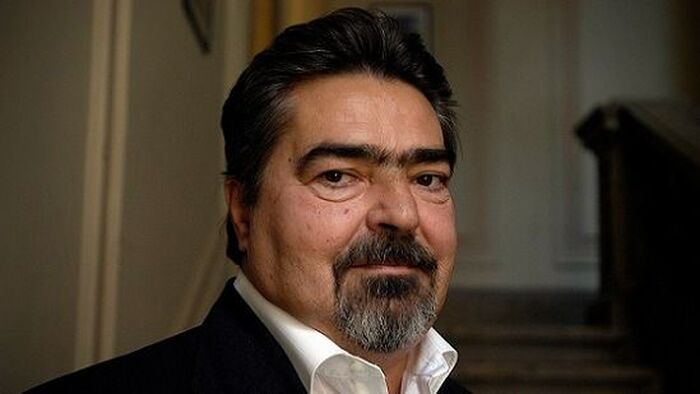
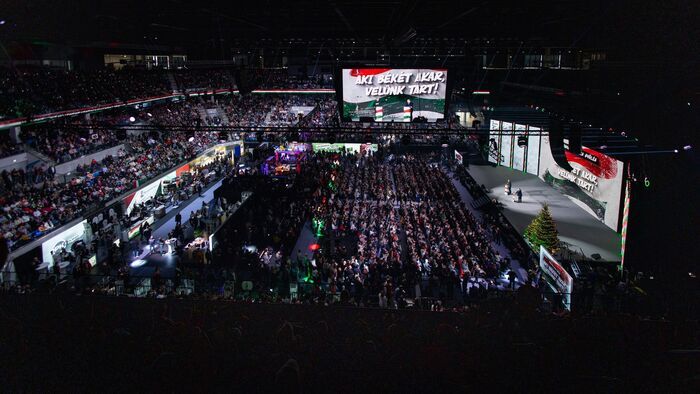
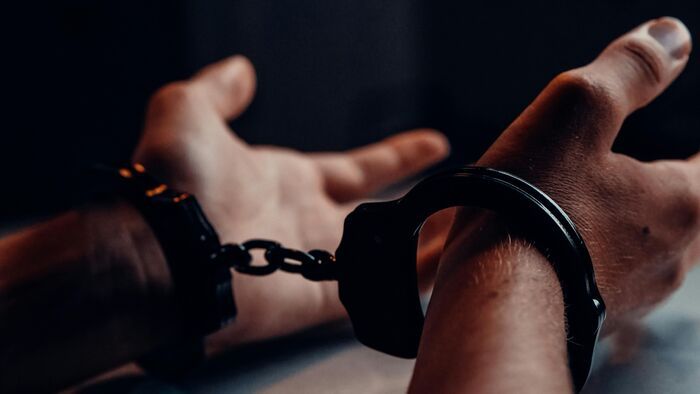
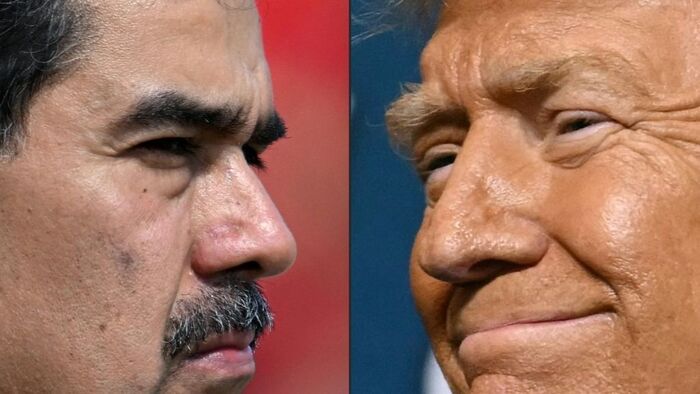
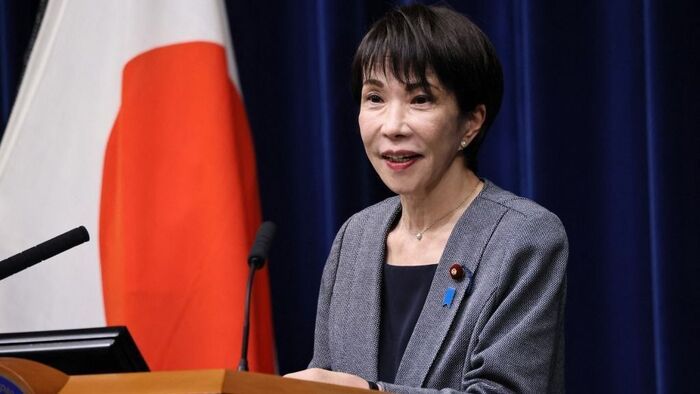
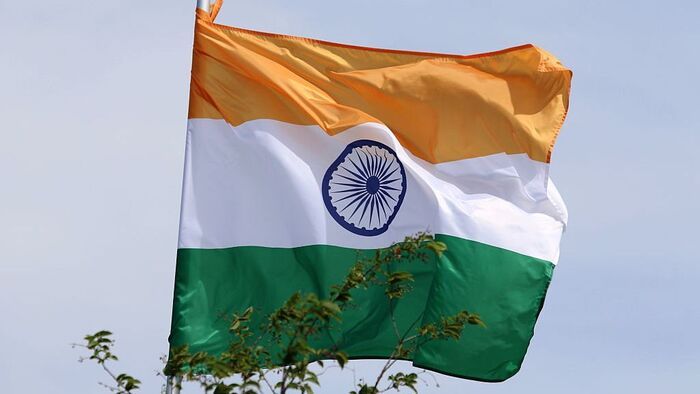
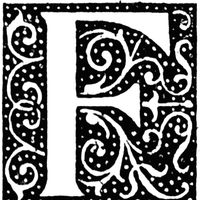
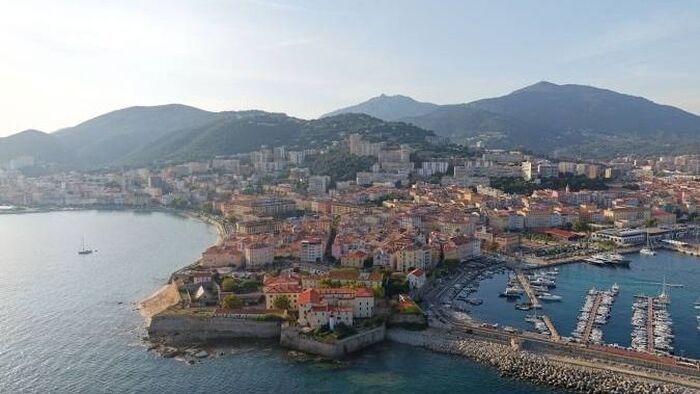
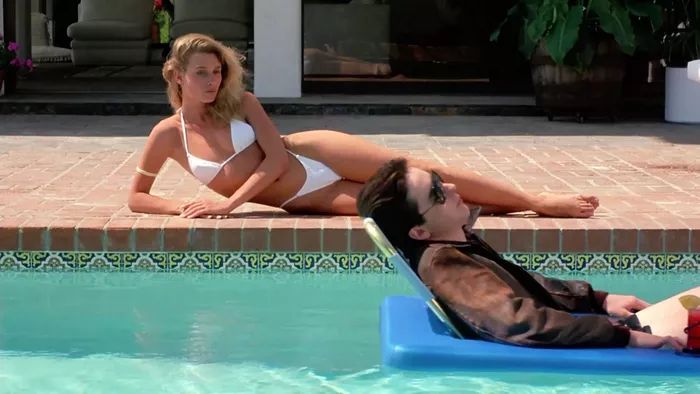


Szóljon hozzá!
Jelenleg csak a hozzászólások egy kis részét látja. Hozzászóláshoz és a további kommentek megtekintéséhez lépjen be, vagy regisztráljon!